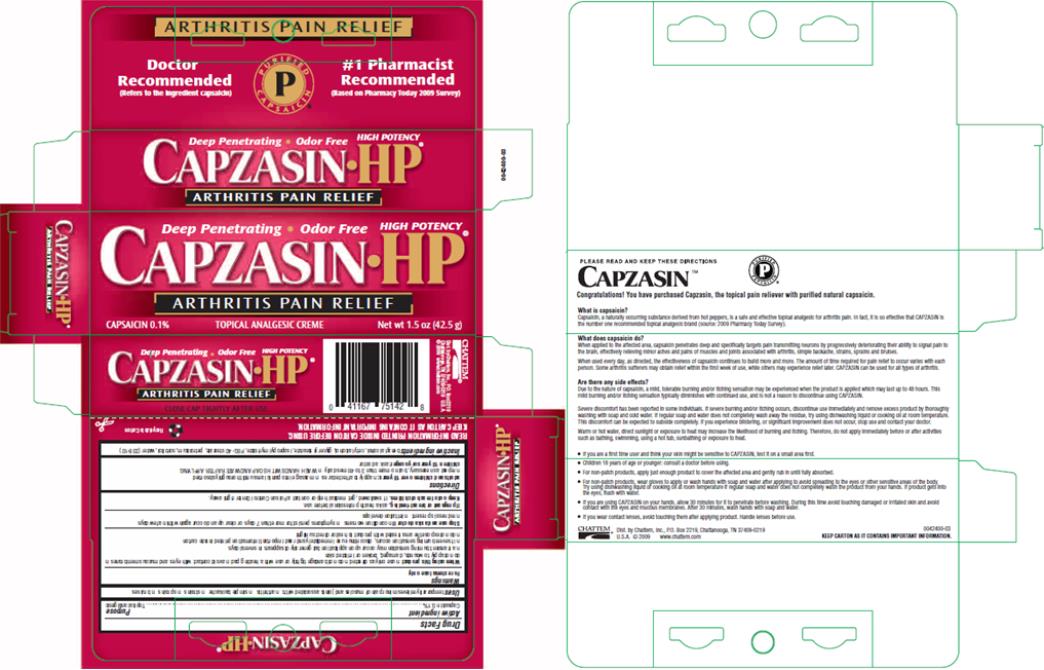

It is also thought to strengthen lung tissues and help to prevent or treat emphysema.Įxperts generally consider capsaicin to be safe. Capsaicin also may help prevent bacterial infections.Ĭapsaicin may also make mucus thinner and help move it out of the lungs.
#Capsaicin cream for arthritis free#
It may also help fight diarrhea caused by bacterial infection.Ĭapsaicin acts as an antioxidant, protecting the cells of the body from damage by harmful molecules called free radicals. When you eat hot peppers or take capsaicin as a dietary supplement, the capsaicin may improve your digestion by increasing the digestive fluids in the stomach and by fighting bacteria that could cause an infection. Be sure to carefully follow the instructions that come with this product. These are often used for muscle and joint aches and pains.
#Capsaicin cream for arthritis skin#
Lower-dose capsaicin skin patches (such as Salonpas) are available without a prescription.

Do not apply it immediately after a hot bath or shower, or use it with any kind of heat, as your skin pores will be opened and the effect of the cream may become quite painful. If you apply the cream without gloves, make sure to wash your hands well with soap or vinegar afterwards. It is advisable to wear gloves when applying the cream, and be very careful to not contact it with eyes, other mucous membranes or broken skin. An allergic reaction to capsaicin is also possible, so it is best to apply the cream to a small area of skin to test it first. With some patients, it may seem that their knee pain actually increases with first applications of the cream, however it will usually start decreasing with ongoing use.

It is worth noting that the burning sensation is not necessary to gain the benefits of use. The scientific evidence is unclear on whether higher concentrations increase effectiveness, so it is probably best to start with 0.025% cream. If the sensations are too strong, ice, cold water or other cold surfaces can help relieve the discomfort. The higher the cream’s concentration, the more discomfort that may result. Most clinical trials have used 0.025% concentration for arthritis applications.Ĭapsaicin may cause a stinging or burning sensation upon the skin.

Capsaicin creams come in different concentrations, from as low as 0.01% to over 0.1% concentration by weight.


 0 kommentar(er)
0 kommentar(er)
